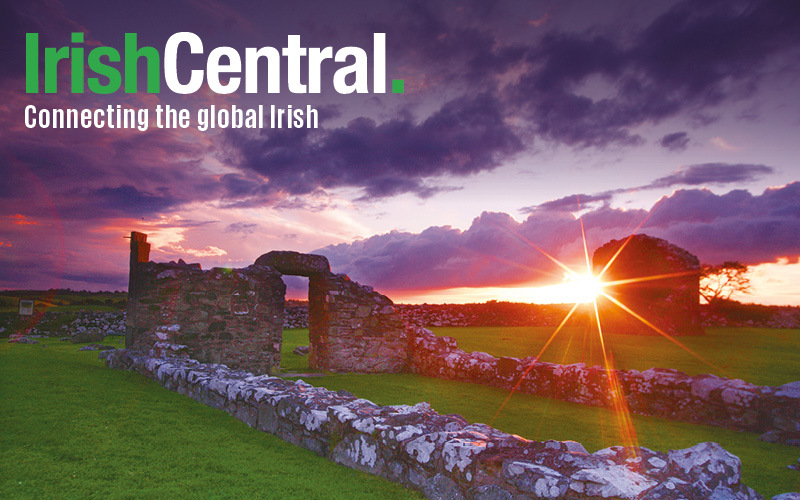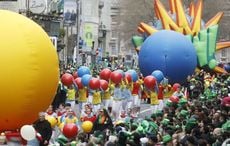A 3,000-year-old piece of gold jewelry, found in a County Fermanagh bog in 2009, has been declared an item of treasure, according to the BBC.
The gold torc, which dates from 1300-1100 BC, was found by Ronnie Johnston, who was using a metal detector in his field in Corrard, near Belle Isle estate.
Johnston first thought the piece was a spring from a vintage car. It wasn't until May 2011 that he saw a picture of a gold torc in a treasure hunters magazine. He showed it to his brother Charlie Johnston, who then contacted Dr Greer Ramsey from Armagh County Museum.
According to Dr Ramsey, the extraordinary piece of jewelry is thought to date from when Ireland was the "el dorado of Western Europe."
A torc, usually worn as a bracelet or necklace, is made from a bar of gold which is twisted to form a spiral pattern -- the name "torc" comes from a Latin word meaning "to twist." Ten torcs have been discovered in Ireland and 38 in Britain, according to Dr Ramsey.
The Corrard piece of jewelry, made of 87% gold and 11% silver, is believed to have been worn around the waist because of its large size.Before it was buried, the jewelry was coiled like a spring, either to make it easier to bury or perhaps to prevent it from being worn by someone else.
At a hearing before the treasure court coroner, the Corrard torc was described as “a rare object of extreme importance.” It will now go to the Treasure Valuation Committee at the British Museum in London who will determine its value. The Department of Culture, Arts and Leisure will then need to secure funding to purchase the object in order to put it on public display.
For a piece to be declared a treasure, the treasure court must determine that the object is at least 300 years old and contains more than 10% precious metal.
John Leckey, the coroner, described the found piece as an extremely beautiful object and stressed the importance of reporting such finds to the authorities.
"I would regard it as an outcry if the object didn't end up in Northern Ireland on display in a museum. This is part of the culture of Ireland," he said.
Said Charlie Johnston: "I really can't believe it's a valuable and ancient object. We didn't know what it was."




Comments